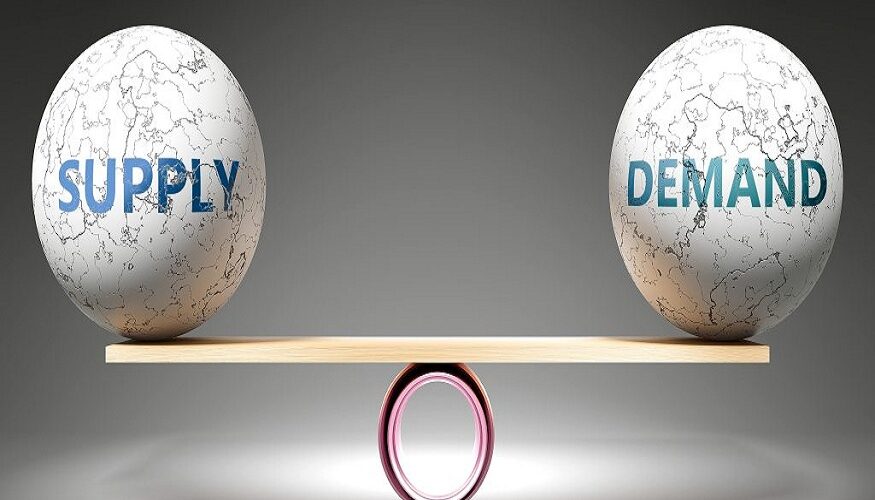When you step into the world of IB Economics, it’s like opening a door to how the world works. Here, theories aren’t just scribbles on a page; they’re the tools you’ll use to make sense of why people buy what they buy and how countries trade with each other. Let’s walk through this together, seeing how these ideas from your textbooks come to life all around us.
Market Structure Mechanics
Imagine a market, one with so many sellers, all with products so alike, that no one can nudge the price up or down. This isn’t just a classroom idea. It’s what happens in farming, where countless growers offer up their crops and the day’s prices come from the tug of supply against demand. Efficiency becomes the farmer’s best friend here, as they can’t really play with pricing.
Now flip that image. A single company’s in charge, with no competition to worry about. Think about a drug with a patent. The company that owns it can charge what they want, and that can mean steep prices for folks who need that medicine. It’s a real example of how a monopoly can tip the scales, sometimes not in the buyer’s favor.
Then there’s the middle ground, the oligopoly. A few big players dominate, like in the smartphone world. Apple and Samsung, for example, they watch each other, thinking hard about their next move. Their pricing, the new features they introduce—it’s all part of a careful game where they’re always aware of what the other is doing.
Supply and Demand in Action
Supply and demand, they’re like the heartbeat of economics. When a cool new gadget comes out and everyone wants one, suppliers hustle to keep up. But if that gadget loses its sparkle, you’ll see the shelves start to clear as companies adjust to fewer buyers. It’s this back and forth that keeps our markets moving.
Real stuff happens that shakes up supply and demand. Say a hurricane hits an oil-producing area. Suddenly, there’s less oil to go around, and prices shoot up. People react—some look for other ways to get around, some grudgingly pay more. It’s a clear-cut case of supply and demand principles in the real world.
Elasticity’s another piece of the puzzle. It’s about how much people’s want for something changes when the price does. Fancy gadgets? People might pass if the price climbs. But things we really need, like fuel for the car, we’ll buy even if it gets pricier. Companies think about this a lot when they’re setting prices, trying to hit that sweet spot where they make money without turning customers away.
Macroeconomic Goals in the Real World
The Phillips Curve—it’s this idea that inflation and unemployment don’t get along; when one’s up, the other’s usually down. It’s a handy guide for folks making big decisions about the economy, trying to keep people working without prices going wild. But history’s shown us it’s not a perfect guide, with the 1970s throwing us a curveball when both inflation and unemployment went high.
Growth in an economy, we often measure it by how much more stuff a country’s making and selling—its GDP. Look at China; their economy’s been on a fast track, changing the lives of millions. But sometimes growth can hurt, like when it leads to more pollution or makes the rich richer and the poor poorer. It’s a reminder that growth isn’t always good for everyone.
Governments and central banks, they’ve got tools to steer the economy. Cutting taxes might get people spending more, and playing with interest rates can cool things down or heat them up. The recovery from the 2008 financial crisis showed us these tools can really matter, helping to get things back on track.
The Forces of International Trade
Countries trade because they’re good at making different things. Brazil’s a champ at growing coffee, so they sell a lot of it to other countries. This idea, it’s called comparative advantage, and it’s why the world trades. It lets countries focus on what they’re best at and then trade for what they’re not.
There’s always a debate about whether it’s better to protect your own industries with tariffs or to trade freely with other countries. Tariffs can keep local jobs safe, but they can also make things more expensive for you and me. Trade deals, like NAFTA, which turned into the USMCA, show just how tricky it can be to find the right balance.
Groups like the World Trade Organization, they’re the referees for global trade, setting rules and sorting out arguments. Their work has helped make it easier for countries to trade with each other. But it’s not always smooth sailing; sometimes their decisions can stir up a fuss as countries try to look out for their own interests while being part of the world economy.
Development Economics at Work
Figuring out how to make countries richer and better places to live, that’s what development economics is all about. Take South Korea; they invested in things like roads and schools and turned their economy into a powerhouse. It’s a lesson for other countries on how smart choices can really pay off.
Building up your people, through education and health care, that’s a smart investment. It’s like Silicon Valley, where smart, healthy people have sparked a tech revolution. It shows how investing in people can lead to big things for an economy.
Aid from other countries can help, but it’s not always a sure thing. It’s meant to give a leg up, like the Marshall Plan did for Europe after World War II. But sometimes it doesn’t work out as planned. It’s a reminder that we’ve got to think carefully about how we help others.
Bridging Theory with Reality
Economic models, they’re like maps for decision-makers, showing possible paths. They’re useful, but they can’t show every twist and turn in real life. That’s why we’ve got to use them thoughtfully.
Theories give us a framework to understand the world, but they’ve got their limits. The financial crisis in 2008 showed us that some of the models we had didn’t quite fit the bill. It’s times like these that push economists to sharpen their pencils and get back to the drawing board.
As we look to the future, the way we think about economics and make policies will keep changing. Learning from what’s happened before and staying ready to adapt, that’s how the experts will tackle the challenges that lie ahead. And you, diving into IB Economics, you’re right there with them, ready to use these theories to make sense of the ever-changing world of economics.

